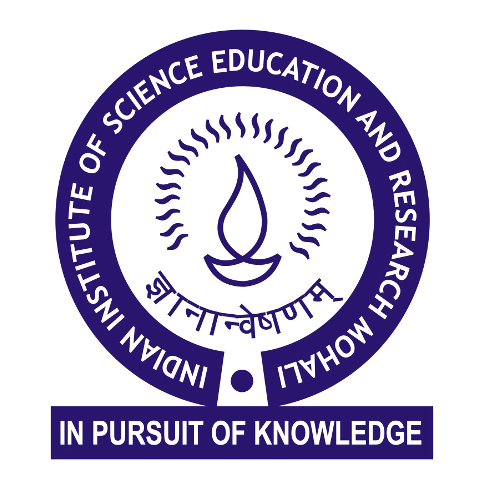Events Calendar
Self-gravitating scalar field configurations, ultra-light dark matter and galactic scale observations
Friday 16 May 2025, 02:30pm
Bihag Dave (Ahmedabad University)
Location : Online
Abstract: The fundamental physical properties of Dark Matter (DM) e.g. particle mass, spin, couplings, etc. has remained a mystery for the better part of the century. In this talk, we shall consider DM to comprise of ultra-light ($m \sim 10^{-22}\ \text{eV}$) scalar particles and ask, what can galactic scale observations say about the mass and self-coupling for such a class of dark matter scenarios? We attempt to answer this question by exploring the observational implications of describing central regions of galactic halos using self-gravitating stable configurations of ultra-light dark matter (ULDM) and considering the following scenarios: (a) Using observational upper limits on the amount of mass contained within some region around the galactic centre, one can impose constraints in the $\lambda-m$ plane, where self-couplings can be as small as $\lambda \sim \pm 10^{-96}$,(b) requiring that observed galactic rotation curves of dwarf galaxies as well as an empirical soliton-halo relation have to be simultaneously satisfied allows one to probe self-couplings as small as $\lambda \sim \mathcal{O}(10^{-90})$, and (c) survival of dwarf satellite galaxies orbiting in the potential of larger halos on cosmological timescales can be used to probe both attractive and repulsive self-couplings as small as $\lambda \sim \pm 10^{-92}$.
Additionally, we also explore machine learning models like Artificial Neural Networks to learn from observed data. Using simulated rotation curves of several dwarf galaxies, we train neural networks to learn the relationship between the rotation curve and parameters of the dark matter density profile (which includes ULDM mass $m$ along with other galaxy specific parameters), and Baryonic parameters (such as the stellar mass-to-light ratio $\Upsilon_*$). We then feed the observed rotation curves of the galaxies and attempt to infer appropriate parameter values and explore the role of noise during training as well as different methods of obtaining uncertainties.
Meeting ID: 928 6031 2480
Passcode: 730653
Meeting ID: 928 6031 2480
Passcode: 730653
website policy
Connect with us
IISER Mohali, Knowledge city, Sector 81, SAS Nagar, Manauli PO 140306
Telefax : 2240266, 2240124
-
+91 - 172 - 2240266
- +91 - 172 - 2240266


